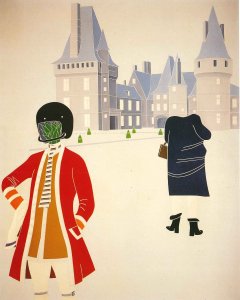Between intentionality and critique of reality: Emilio Tadini and pop art
Abstract
Emilio Tadini was a painter and a writer among the most interesting of the second half of the twentieth century; however, he became known primarily as a poet and as an art and literary critic. By presenting and commenting on the works of his contemporaries he tested for the first time the poetics of "realismo integrale" (born from phenomenological suggestions), which he would later develop in his creative works. In particular, in the essays written around the mid-sixties and dedicated to American pop art, in journals ("il verri"), magazines ("Successo", "Settimo giorno") and exhibition catalogues (Alternative attuali and Alternative attuali 2), Tadini discussed a mass phenomenon that was revolutionizing the perception of the work of art and took this opportunity to rework its poetics as well, siding with an art that is not content to exhibit the symbols of contemporary culture, but tries to question them.
For this reason, he found the English pop painters – as Hamilton and Hockney – more interesting than the acclaimed Americans. In Tadini’s production – which at that time is part of the activity of "groups" such as the one gathered around Studio Marconi, in Milan (one of the first galleries to promote English pop art in Italy), and that of the journal “Quaderni milanesi” – the urgency of questioning reality translated into a need for narration, considered as the insertion of the scattered fragments of the world within a narrative grid that orders and develops them, while leaving the "possibilities of relationship" always open. Strengthened by this critical and theoretical elaboration, Tadini tested the poetics of "integralità" in literature with the experimental novel Le armi l'amore (1963) and in painting with the cycle of Vita di Voltaire (1966-1968), considered by critics one of his masterpieces.

Published
How to Cite
Issue
Section
License
Copyright (c) 2023 Elephant & Castle

This work is licensed under a Creative Commons Attribution 4.0 International License.





